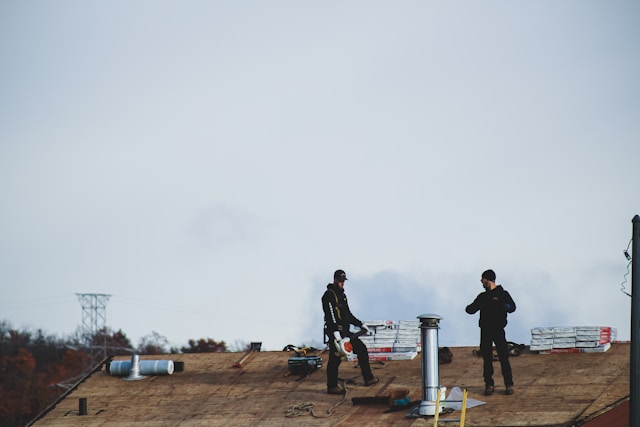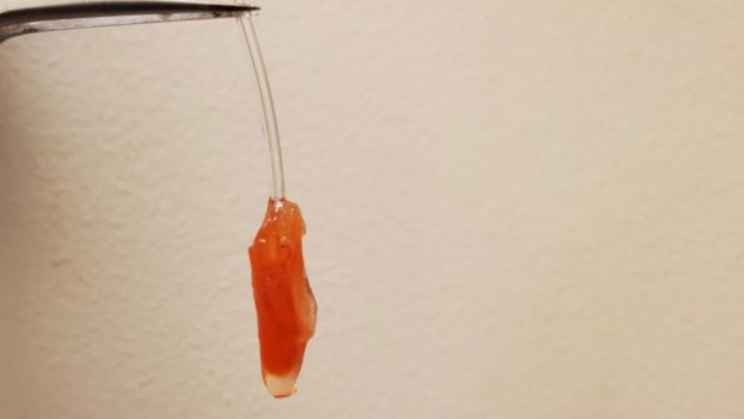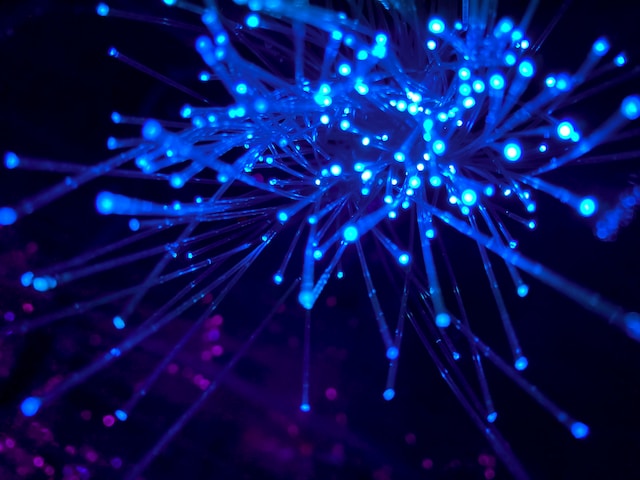Our moon is uninhabitable and lifeless. It has no significant atmosphere, and no magnetosphere to protect its surface from solar wind and cosmic radiation.
The lunar surface is also coated in clingy dust that cuts like fiberglass. Moreover, the temperature here swings between 127 °C (260 °F) during the day and -173 °C (-280 °F) at night. Even after considering all these facts, NASA is planning to make it habitable for humans.
Scientists have identified thermally stable locations on the lunar surface
Researchers at UCLA have discovered shady locations within lunar pits that could be stable sites for lunar exploration missions. Using information from the LRO mission and computer simulations, scientists calculated that areas within lunar pits consistently stay at a pleasant 17 °C (63 °F).
LRO Project Scientist Noah Petro, said, “Lunar pits are a fascinating feature on the lunar surface,”
“Knowing that they create a stable thermal environment helps us paint a picture of these unique lunar features and the prospect of one day exploring them.”
Now astronauts can comfortably live on the Moon
So by building ‘homes’ in these pits, astronauts would naturally be protected from the radiation and micrometeorite bombardments. These will also allow scientists to concentrate on other priorities such as growing food, providing oxygen for astronauts, etc.
“Humans evolved living in caves, and to caves we might return when we live on the moon,” said Paige, who leads the Diviner Lunar Radiometer Experiment.







